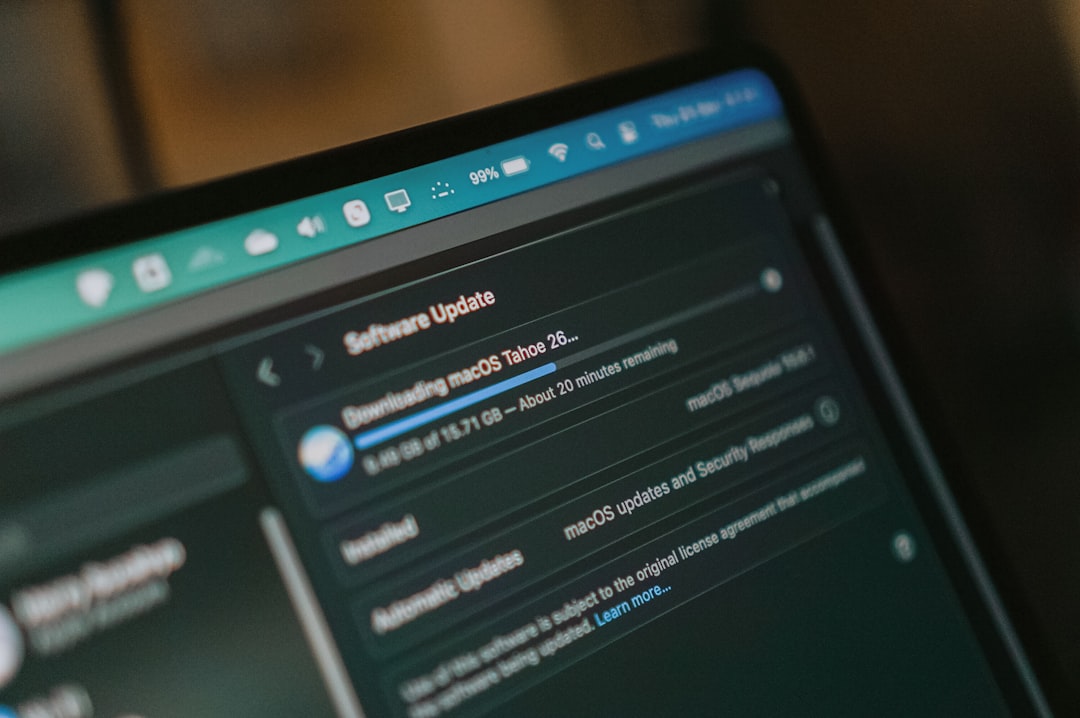NextGenBeing Founder

Listen to Article
Loading...\
Opening Hook\
You've just deployed your Laravel 9 API to production, and everything seems to be working fine. However, as traffic starts to increase, you notice that your API is becoming slower and more unstable. You're not sure what's causing the issue or how to fix it. This is a common problem that many developers face when deploying their APIs to production.\ \
Why This Matters\
In today's fast-paced digital landscape, having a scalable and performant API is crucial for any business. A slow or unstable API can lead to lost customers, revenue, and reputation. In this tutorial, you'll learn how to deploy and optimize your Laravel 9 API for production, ensuring that it can handle high traffic and large amounts of data.\ \
Background/Context\
Laravel 9 is a popular PHP framework that provides a robust set of tools for building scalable and maintainable APIs. However, deploying and optimizing a Laravel 9 API for production requires careful planning and configuration. In this tutorial, we'll cover the key concepts and techniques for deploying and optimizing a Laravel 9 API for production.\ \
Core Concepts\
Before we dive into the practical implementation, let's cover some key concepts and terminology. \ \
- Load Balancing: Load balancing is a technique used to distribute incoming traffic across multiple servers to improve responsiveness, reliability, and scalability.\
- Auto-Scaling: Auto-scaling is a technique used to automatically add or remove servers based on traffic demand to ensure that the API can handle changes in traffic.\
- Caching: Caching is a technique used to store frequently accessed data in memory to reduce the number of database queries and improve performance.\
- Queueing: Queueing is a technique used to handle tasks asynchronously to improve performance and reduce the load on the API.\ \
Practical Implementation\
Step 1: Setting up Load Balancing and Auto-Scaling\
To set up load balancing and auto-scaling, you'll need to use a cloud platform such as AWS or Google Cloud. Here's an example of how to set up load balancing and auto-scaling on AWS:\
{\\
\\\\\\"LoadBalancer\\\": {\
\\\"Type\\\": \\\"ApplicationLoadBalancer\\\
Never Miss an Article
Get our best content delivered to your inbox weekly. No spam, unsubscribe anytime.
Comments (0)
Please log in to leave a comment.
Log InRelated Articles

10x Faster Flutter App Development: Mastering Flutter 3.10 with Dart 3.0, Riverpod 2.1, and Firebase SDK 11.0
Oct 23, 2025

Building a Satellite Data Analytics Platform with Apache Spark 3.4, Apache Cassandra 4.1, and Apache Zeppelin 0.10.1: A Complete Project Guide
Nov 9, 2025

Unlock 10x Faster Quantum Simulation: Mastering Qiskit 0.43 and Cirq 1.2
Oct 20, 2025
🔥 Trending Now
Trending Now
The most viewed posts this week
📚 More Like This
Related Articles
Explore related content in the same category and topics

Diffusion Models vs Generative Adversarial Networks: A Comparative Analysis

Implementing Zero Trust Architecture with OAuth 2.1 and OpenID Connect 1.1: A Practical Guide

Implementing Authentication, Authorization, and Validation in Laravel 9 APIs

